I am not sure why Sarajevo sounds so haunting but it simply has a beautiful lilt to the name. Nestled in a valley, it is one of the most extraordinary places you can imagine. The country of Bosnia and Herzegovina was one of the last dominoes to fall in the once powerful Ottoman Empire. Its strong Muslim culture is very much alive and vibrant today. The mix of history in this city is extraordinary, almost overwhelming. Imagine this – the first world war started here on the tiny crossroads in the center of town by the Miljacka River at the end of the Latin Bridge. That was in 1914 when Archduke Franz Ferdinand of Austria and his wife Sophie, Duchess of Hohenberg, were assassinated. That was one bad turn! You could say that the first world war begot the second world war and the second world war begot the expansion of the Soviet Union but more importantly, the emergence of Yugoslavia as a country. As the disintegration of the Soviet Union took place, so did the disintegration of Yugoslavia. Then all hell broke loose during the Yugoslav Wars in the 1990’s.
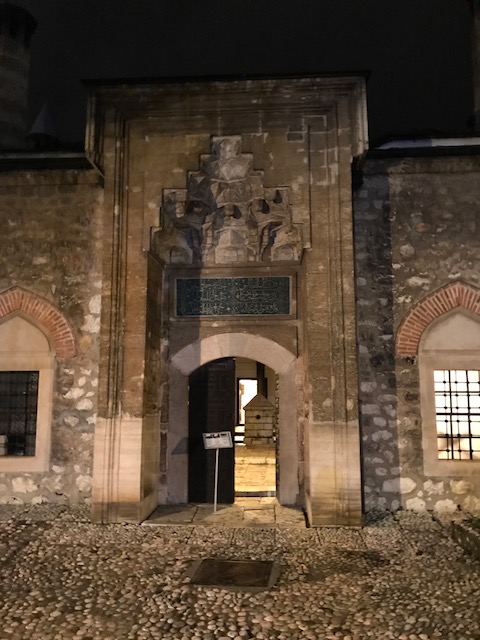
Sarajevo, the Olympic city of 1984, became a city under siege from 1992 until 1996. It was the longest siege of any capital city in the history of modern warfare. The siege lasted 1,425 days and about 14,000 people were killed, including over 5,000 civilians. It took the tragedy of the Markale marketplace massacre in 1994 for NATO to become involved and ultimately for the siege of Sarajevo to be ended. This was in 1996 – only 21 years ago. Now Sarajevo is one of the fastest growing cities in Europe and is ranked as one of the most popular destinations for tourists in 2017.
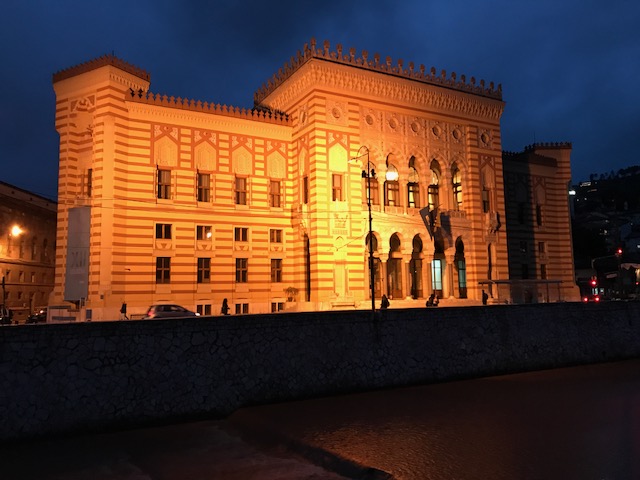
We walked by the town hall and library that was destroyed in 1992 by Serbian forces. Most of the important manuscripts and books were burned beyond recognition. Today it has become a monument to regeneration and reconstruction. To walk through the streets of Sarajevo, you are always reminded of the siege. We visited a tunnel by the airport where supplies were secretly shipped into town outside of the Serbian perimeter. It was the only way that the city could maintain its food and ammunition supply. The entire city was literally cut off except for this extraordinary tunnel link that the Serbian forces never found.
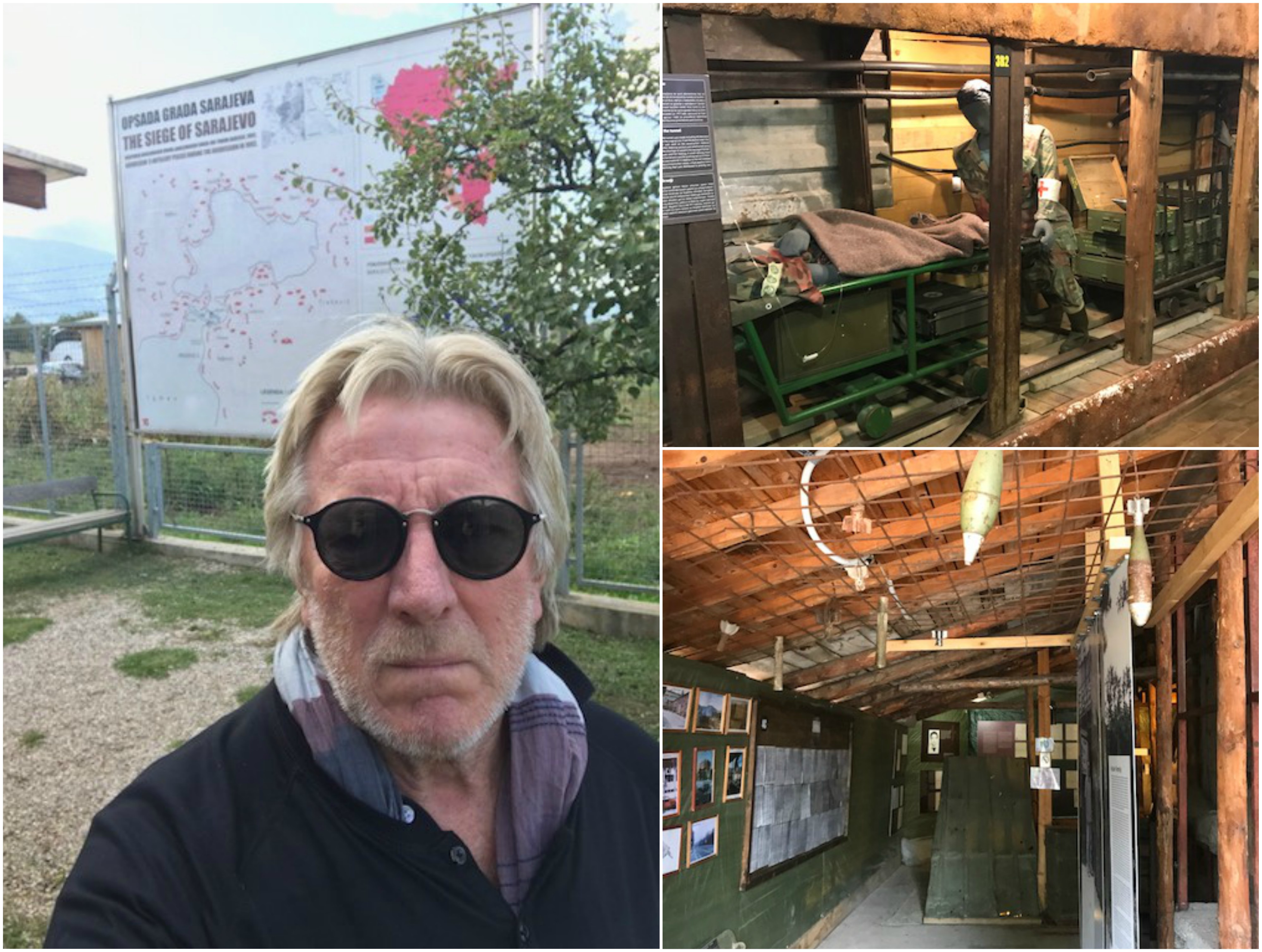
We stayed at Hotel Europe, delightfully central and reasonably priced, did an incredible walking tour with a local guide, and visited the old bazaar, Bascarsija. Sarajevo is unique in that in the same neighborhood, you can visit a Catholic cathedral, a mosque, an Orthodox church, and a synagogue. You can hear the call to prayer while walking through the city and listening to the church bells. Essentially, it is the story of the great Ottoman Empire. When you walk through the streets of Sarajevo, you can almost feel the pulse of tragedy, rebirth and the imprint of the centuries that have been left behind.
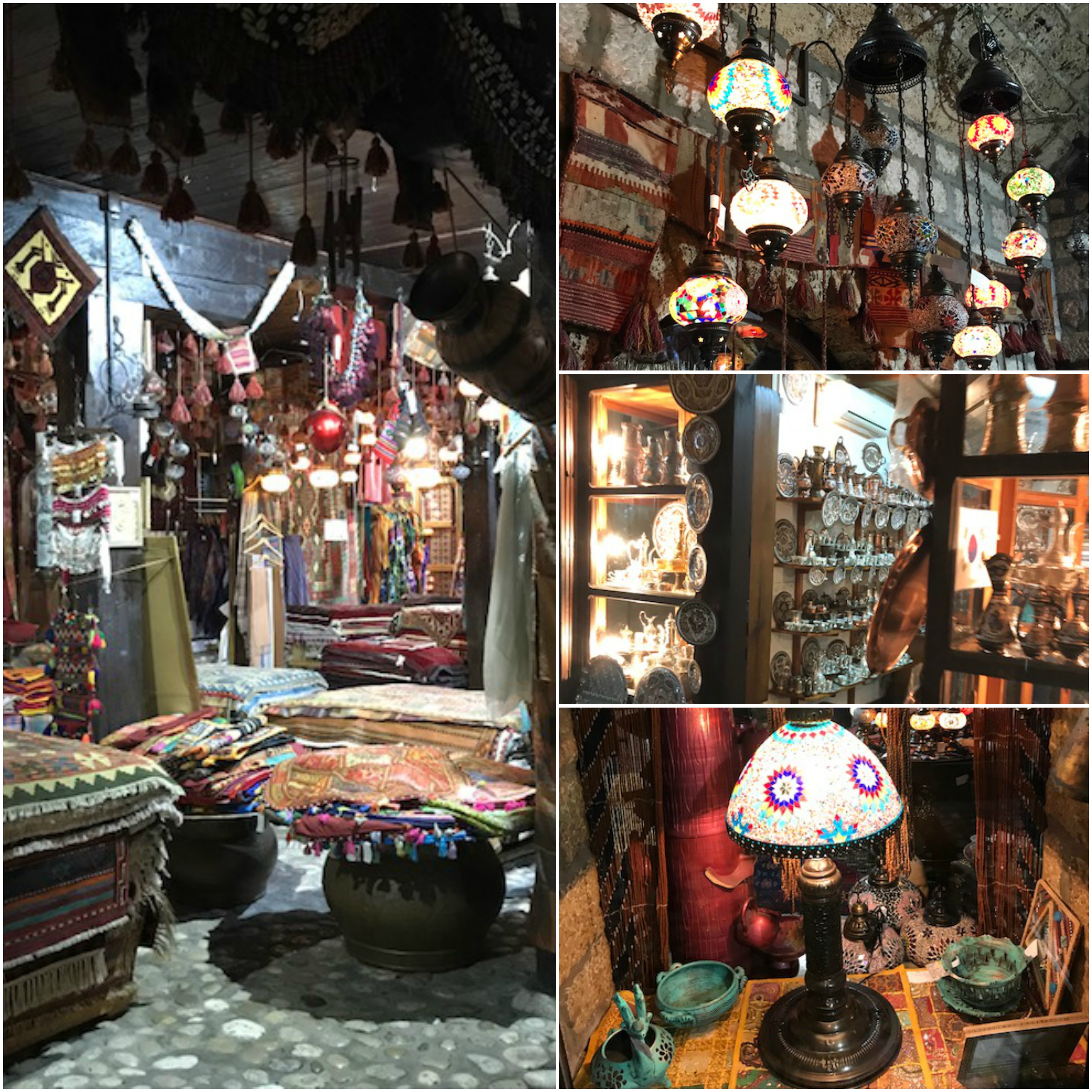
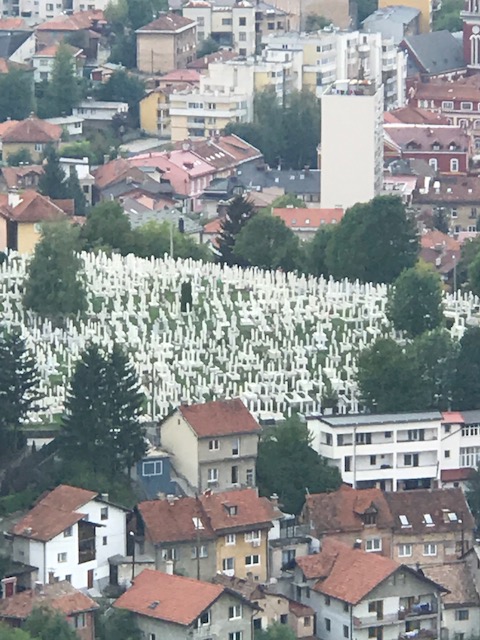

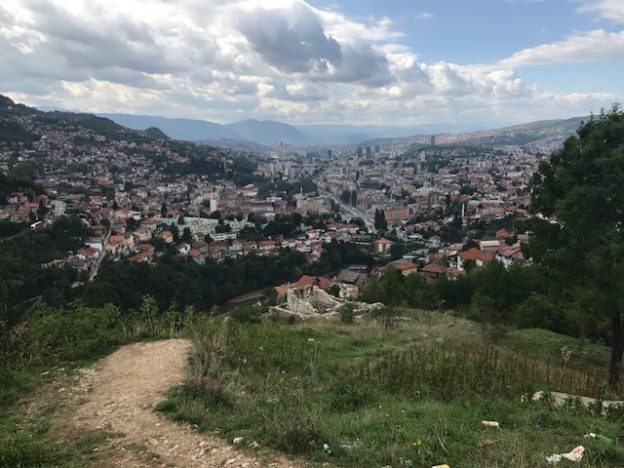
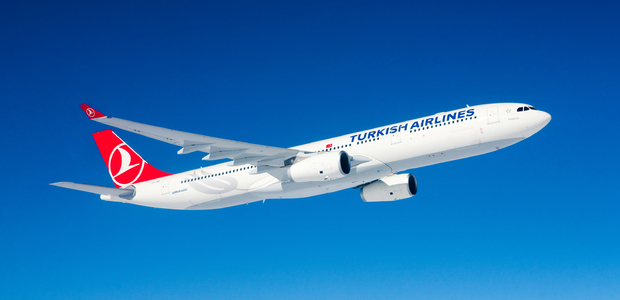
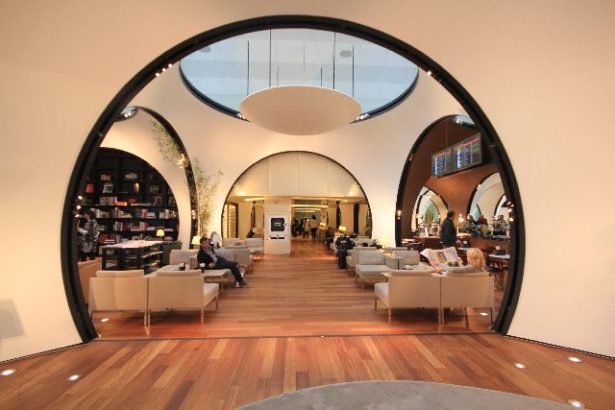

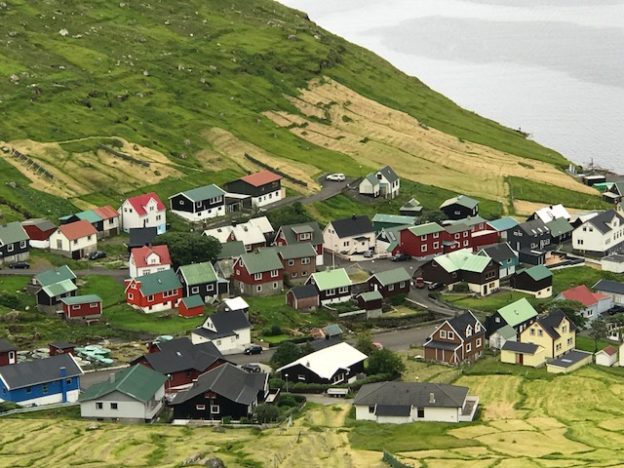
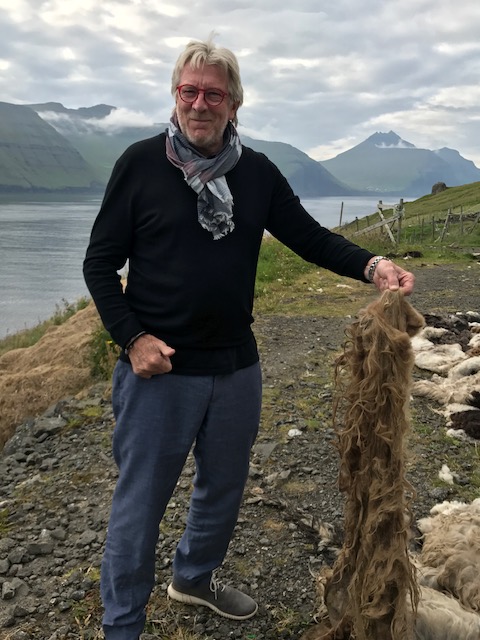
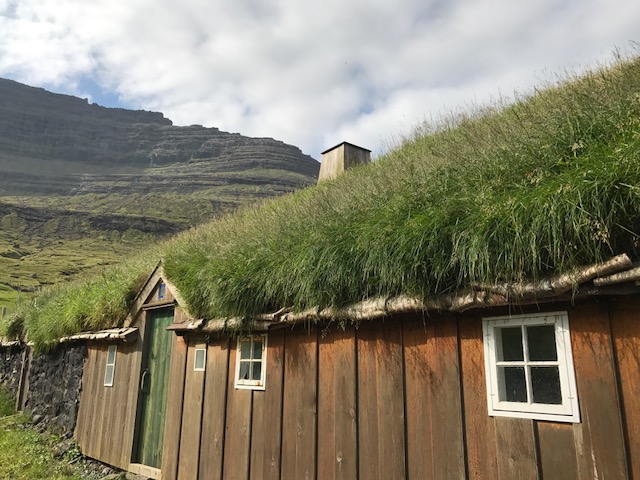
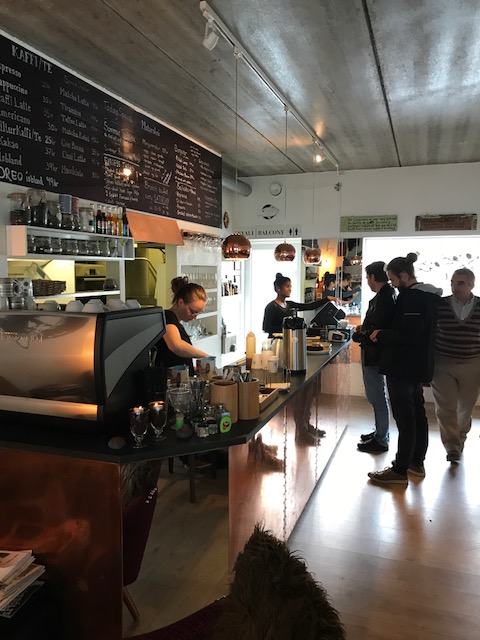
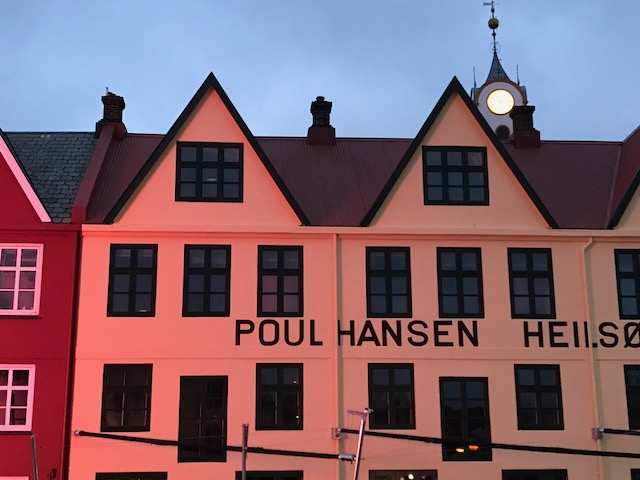
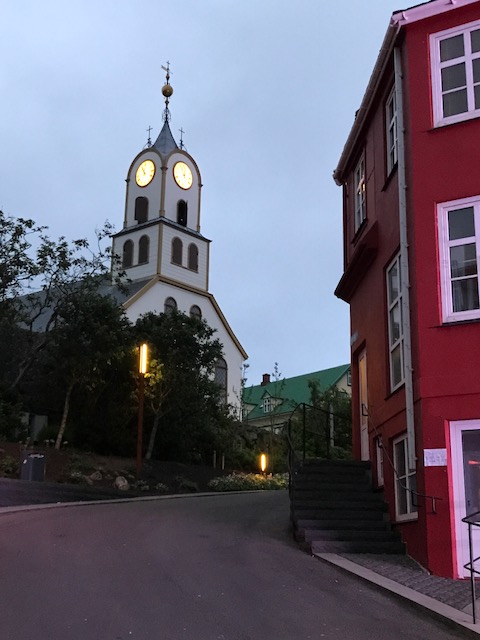
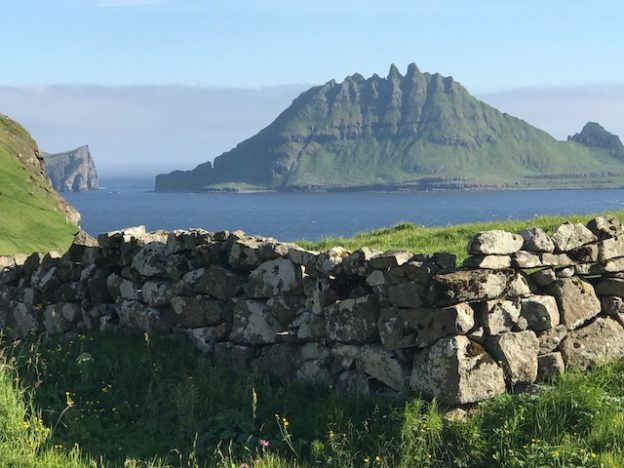
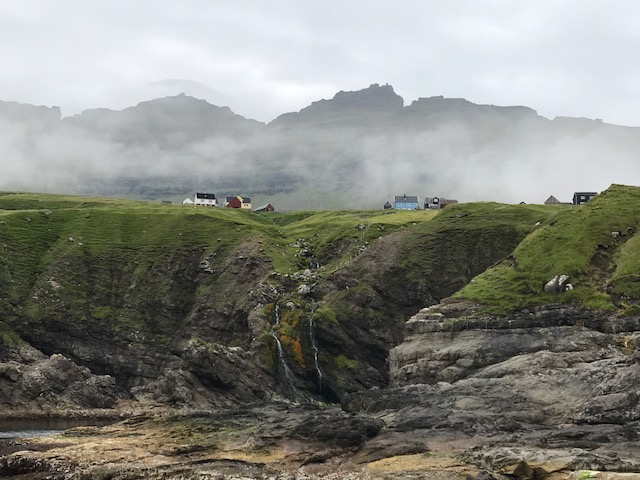
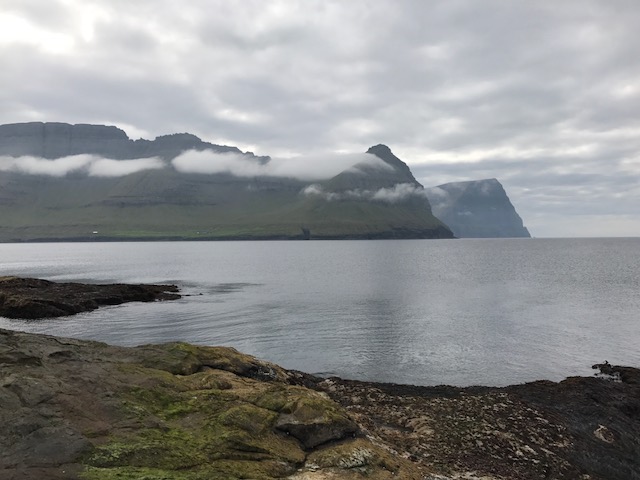
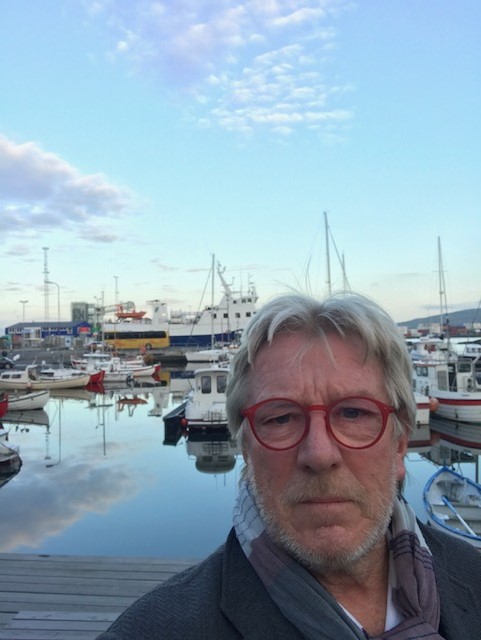
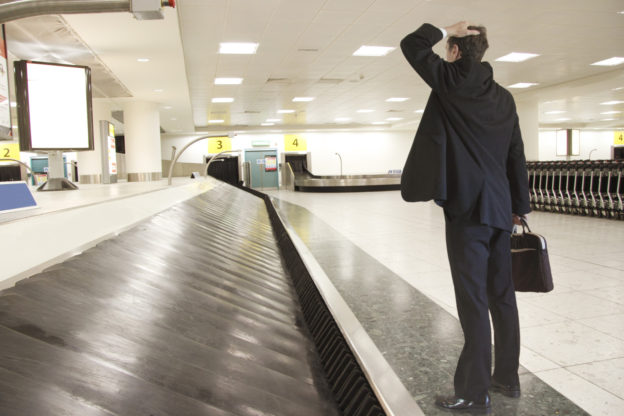
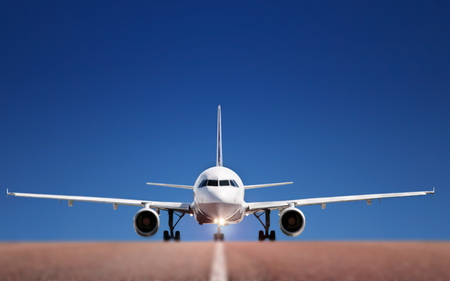
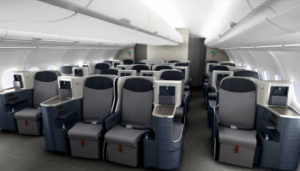
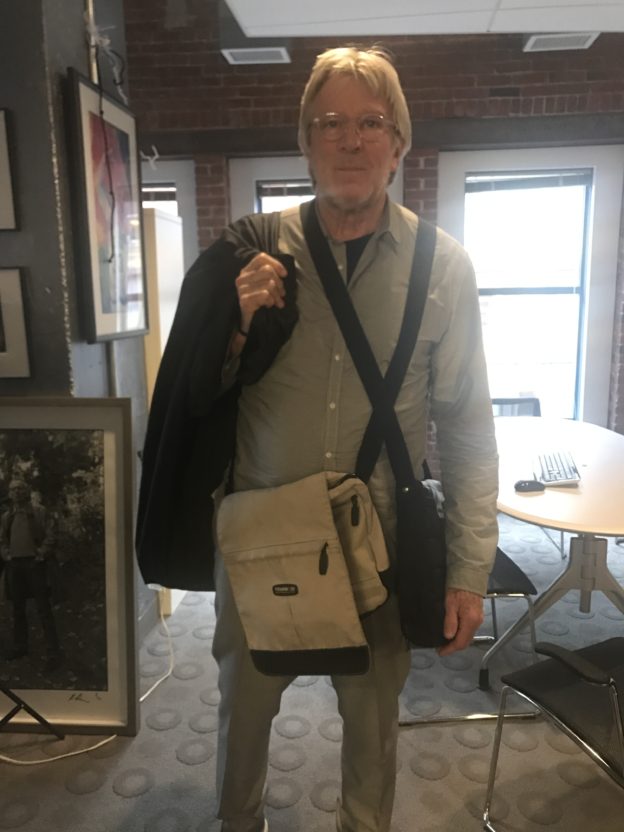
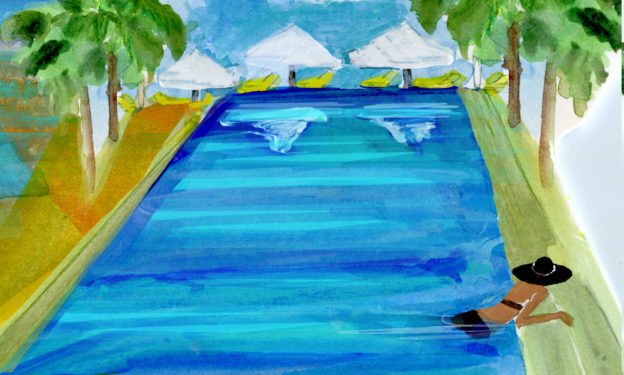
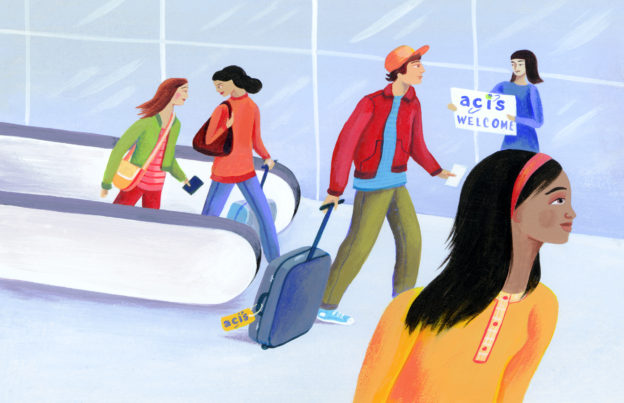
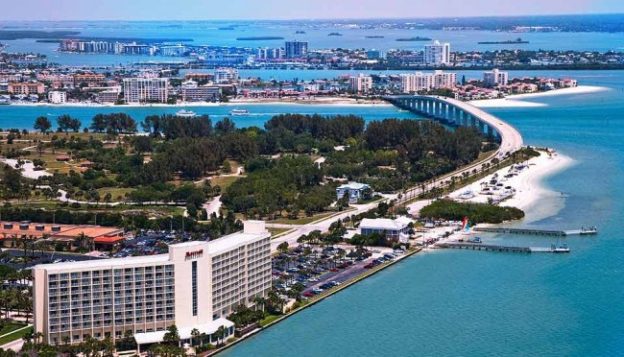
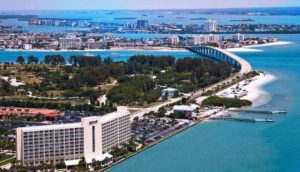 With the melting pot of a new administration, Trump travel paranoia, anticipated holdups in immigration entering the USA, and a strong dollar, international travel inbound to the USA has decreased. Add to that there is an increased likelihood of the laptop ban in the Middle East countries being expanded into other countries and the USA as a destination starts to feel the pinch in terms of dollars.
With the melting pot of a new administration, Trump travel paranoia, anticipated holdups in immigration entering the USA, and a strong dollar, international travel inbound to the USA has decreased. Add to that there is an increased likelihood of the laptop ban in the Middle East countries being expanded into other countries and the USA as a destination starts to feel the pinch in terms of dollars.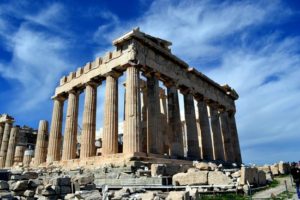 and consumers are benefiting across the international skies. There are phenomenal deals on Turkish Airlines at the moment if you are willing to go that route. Turkish is one of the largest airlines in the world with feeder flights across the European landscape. Good news for Europeans is that in spite of the recent terrorist incidents, London reports strong traffic and Athens, perceived safe, is up by a whopping 41%. So the Americans are on the move but the Euros are staying put. In the Caribbean and Central America, Zika is still a massive negative for young families. Bottom line is that there are deals to be had, places to go, and people to see. It’s time to leave the house and go through the garden gate.
and consumers are benefiting across the international skies. There are phenomenal deals on Turkish Airlines at the moment if you are willing to go that route. Turkish is one of the largest airlines in the world with feeder flights across the European landscape. Good news for Europeans is that in spite of the recent terrorist incidents, London reports strong traffic and Athens, perceived safe, is up by a whopping 41%. So the Americans are on the move but the Euros are staying put. In the Caribbean and Central America, Zika is still a massive negative for young families. Bottom line is that there are deals to be had, places to go, and people to see. It’s time to leave the house and go through the garden gate.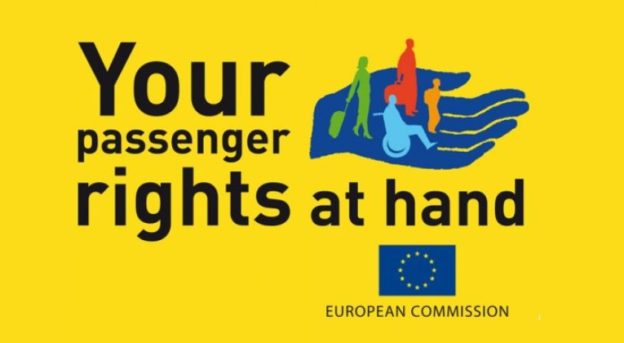

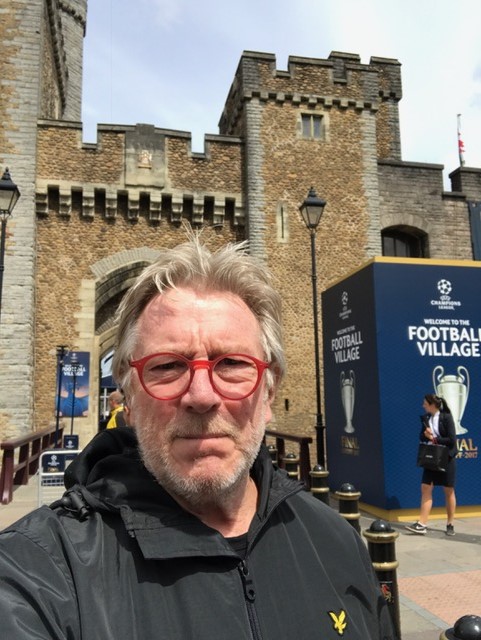
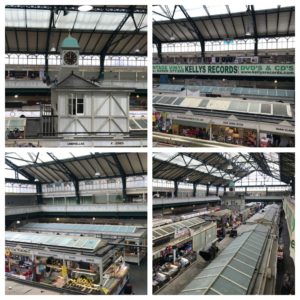
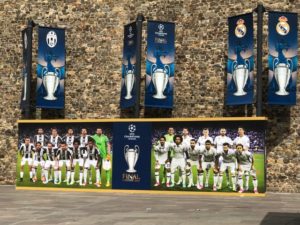
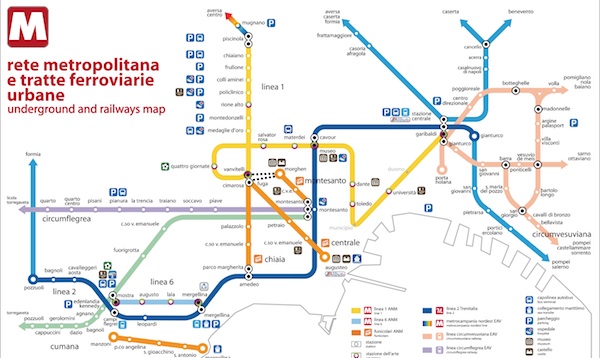
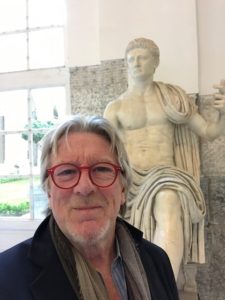 I’m not a big fan of the Rome Metro but I was persuaded by my Italian friend that the Naples one is just about the best in Italy. So I decided to take a chance. To start, there is the usual Italian problem of any Metro entrance – where do you buy a ticket?! It’s a struggle. The ticket machine does not work, the guy that has the booth by the entrance does not sell them, and the woman at
I’m not a big fan of the Rome Metro but I was persuaded by my Italian friend that the Naples one is just about the best in Italy. So I decided to take a chance. To start, there is the usual Italian problem of any Metro entrance – where do you buy a ticket?! It’s a struggle. The ticket machine does not work, the guy that has the booth by the entrance does not sell them, and the woman at 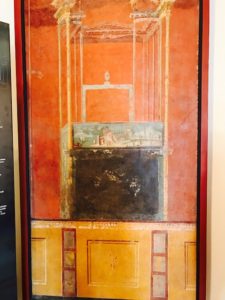 the top where the newsstand is wasn’t there. After five minutes of inquiry, we discovered a shop where you could buy these train tickets. I guess Neapolitans have season tickets or something but it sure was a bit of a struggle to figure out how to get on the train. Once down in the dungeon of the Metro though, it all looked
the top where the newsstand is wasn’t there. After five minutes of inquiry, we discovered a shop where you could buy these train tickets. I guess Neapolitans have season tickets or something but it sure was a bit of a struggle to figure out how to get on the train. Once down in the dungeon of the Metro though, it all looked 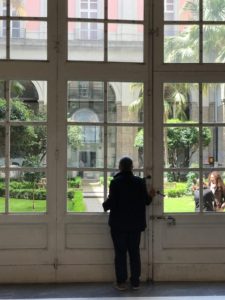 pretty cool. The trains were clean, it was highly logical, and unlike the chaos of the streets above, the metro had a quiet sense to it. We were able to travel clear across town with ease. Sure, the Metro map was a little graffitied up and maybe some of
pretty cool. The trains were clean, it was highly logical, and unlike the chaos of the streets above, the metro had a quiet sense to it. We were able to travel clear across town with ease. Sure, the Metro map was a little graffitied up and maybe some of 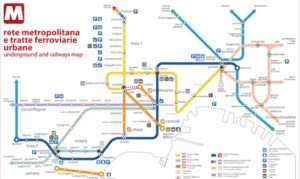 the posters were a bit too raunchy for some tourists, but the trains were perfect. I quite liked the idea that Helmut Newton photographs were being advertised here and exhibited at a palazzo nearby.
the posters were a bit too raunchy for some tourists, but the trains were perfect. I quite liked the idea that Helmut Newton photographs were being advertised here and exhibited at a palazzo nearby.
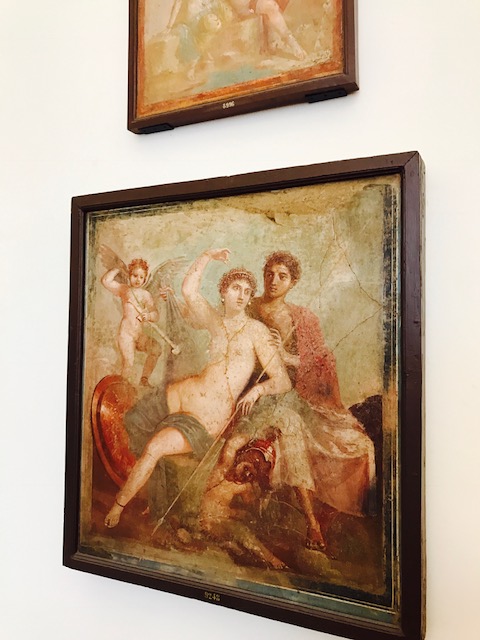
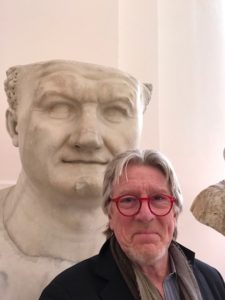 Not far away from the nativity street is the entrance to the National Archaeological Museum right on the edge of the Centro Storico. Here there are lots of statues and art that easily rival or outperform anything to be found in the British Museum, the Louvre, or the Vatican. These are the great marble collections of ancient Rome, Pompeii, and Herculaneum. However, the main draw for me
Not far away from the nativity street is the entrance to the National Archaeological Museum right on the edge of the Centro Storico. Here there are lots of statues and art that easily rival or outperform anything to be found in the British Museum, the Louvre, or the Vatican. These are the great marble collections of ancient Rome, Pompeii, and Herculaneum. However, the main draw for me 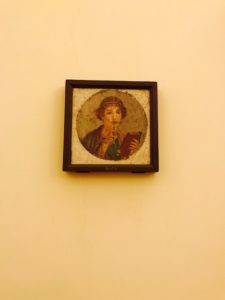 was that this is the only place in the world where you can actually see the artwork paintings of Pompeii. They are still as beautiful as if they had been painted on a wall only a few years ago. This is where you get to see the people, the backdrop, the landscape, and how
was that this is the only place in the world where you can actually see the artwork paintings of Pompeii. They are still as beautiful as if they had been painted on a wall only a few years ago. This is where you get to see the people, the backdrop, the landscape, and how 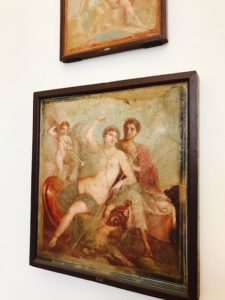 people dressed in Pompeii. The most iconic fresco in the room is the “Woman with Wax Tablets and Stylus” also called “Sappho.” I wanted to stare at her forever. If you have never been to this museum, jump on a train and enlighten yourself. It’s a mindblower.
people dressed in Pompeii. The most iconic fresco in the room is the “Woman with Wax Tablets and Stylus” also called “Sappho.” I wanted to stare at her forever. If you have never been to this museum, jump on a train and enlighten yourself. It’s a mindblower.